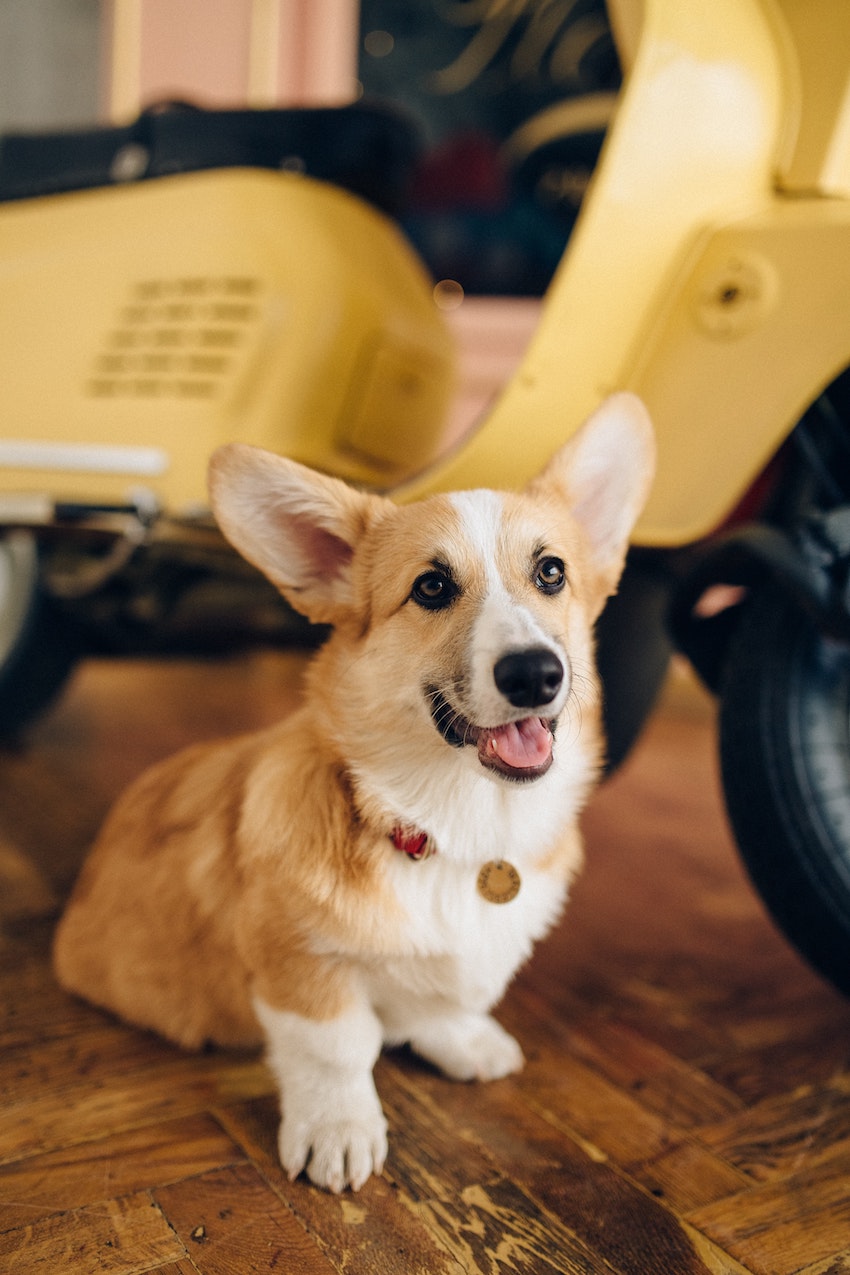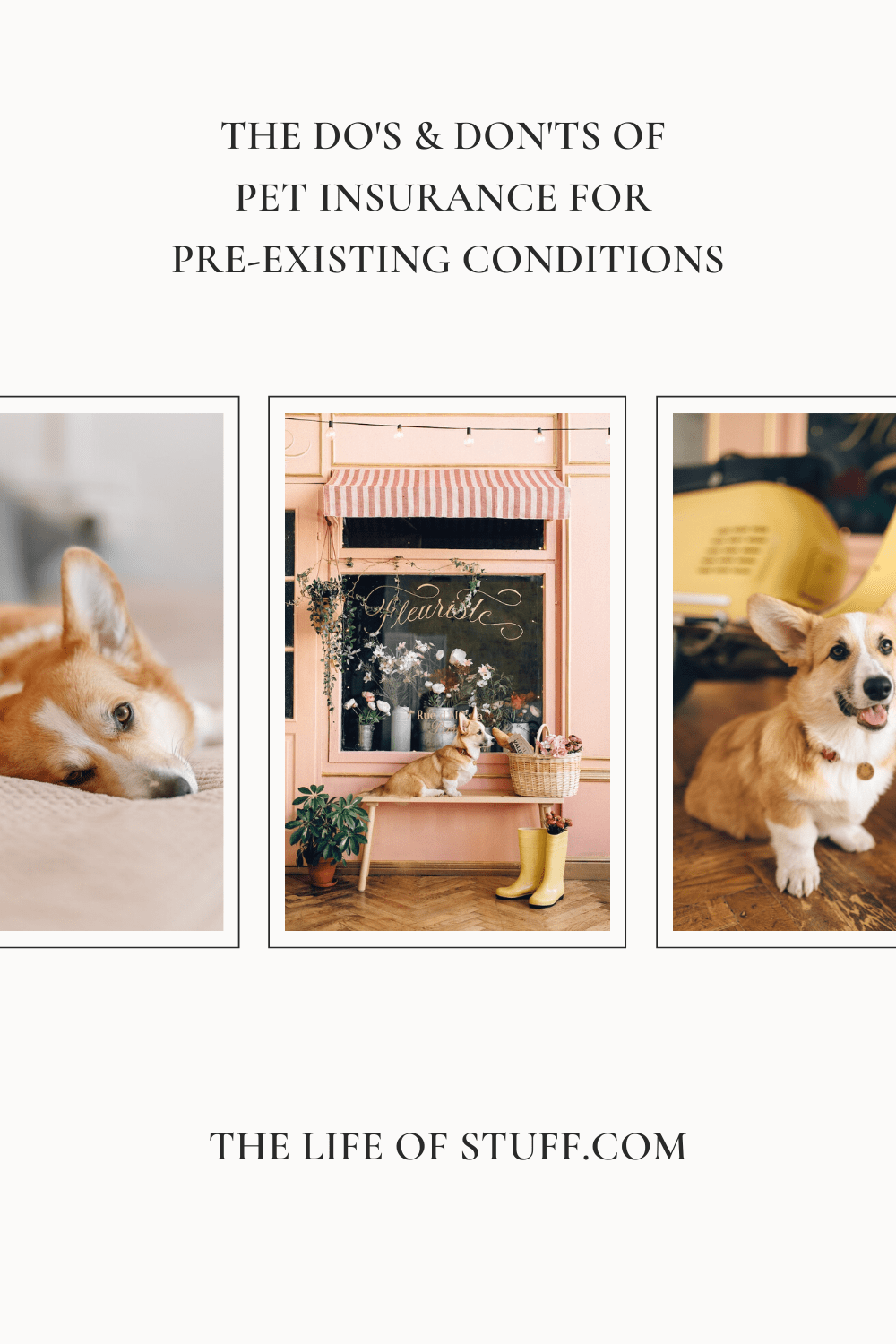Pet Insurance For Pre-Existing Conditions
Are you the owner of a healthy pet who wants to financially protect it in case it gets sick? Are you also a pet owner who has noticed that many of your friends and colleagues seem to be able to keep their pets healthy as well? Are you a pet parent anxious about what might happen should your beloved pet get sick? If so, then you might want to ensure that your pet is protected from any future financial consequences associated with getting sick.
Further Reading: 6 Healthy Ways Keeping Pets Benefits Your Child
Pet insurance can help in this regard; it provides owners with financial coverage in case their pets incur expenses such as diagnostic tests, surgery, medications, and more. Consider it health protection for your pet. Without pet insurance, you may be prone to financial hardship if he or she were to get ill. With that being said, not everyone knows about the benefits of insuring their pets. Here are some do’s and don’ts for anyone thinking about buying pet insurance for the first time:
The Do’s & Don’ts Of Pet Insurance For Pre-Existing Conditions
What Is Pet Insurance?
Pet insurance is a type of coverage for your pet’s medical and health costs. It’s the type of coverage you get if your pet gets injured or develops a disease that requires treatment. Typically, you pay a monthly fee for the coverage, and you’re responsible for paying any medical bills that your pet incurs as a result of being insured.
Further Reading: How to Photograph Your Pets – 10 Top Tips with CEWE IE
Know The Benefits Of Pet Insurance
- It protects your pet against diseases and injuries.
- Pet insurance can help cover your pet’s medical costs if they get injured or get sick with a disease.
- You can choose the right coverage. Pet insurance can be tailored to meet your pet’s specific needs. You can choose between several different coverage types such as surgery and hospitalisation, wellness care, and more.
- You can select a flexible plan. Some plans allow you to choose the frequency of payments and the level of coverage you want.
- You can shop for the best coverage at no extra cost. You shouldn’t have to pay a premium for the coverage you want.
Do’s And Don’ts Before You Buy Pet Insurance
- Do Ensure You Know What Pet Insurance Costs
You may be tempted to buy the cheapest pet insurance on the market. Unfortunately, this may not be the best way to go about it. Knowing what it covers can help you determine if it’s the best option for you and your family.
- Do Be Aware Of Your Pet’s Unique Health Conditions
This is particularly the case if your pet is very young or has a specific health condition that might require a lot of attention. Click here if you are interested in finding out how much insurance costs for pets with pre-existing conditions.
- Don’t Assume Pet Insurance Will Keep Your Pet In Good Health.
It’s important to keep in mind that pet insurance is not meant to replace proper pet care and nutrition.
- Don’t Assume That Pet Insurance Will Provide Coverage For Everything.
Pet insurance is intended to cover any unexpected medical costs incurred by your pet in the event of an accident or illness. So most policies will have a fixed sum for the amount that you can claim for certain conditions listed in your policy. If the medical cost is more than the agreed sum, you will likely have to pay the remaining cost.
Further Reading: 8 Wonderful Health Benefits of Getting a Dog
Finding the Right Coverage For Your Pet
The first step in deciding if pet insurance is right for you and your pet is to determine what type of coverage you want. There are many types, but the four most common types of coverage are:
- Hospitalisation and Surgical Expense – This covers the costs of treating a condition that requires hospitalisation and/or surgical intervention.
- Emergency Hospitalisation – This is a straightforward option that pays a set amount if your pet is hospitalised as a result of an emergency.
- Accident Coverage – This pays out in the event that your pet gets injured or suffers an accident. It typically covers the cost of emergency care, surgical procedures, and medication.
- Wellness Coverage – This covers routine health care expenses such as vaccinations, check-ups, and preventative medications.
Should You Buy Comprehensive Or Separate Coverage?
Some pet owners prefer to purchase comprehensive pet insurance. This is typically the best option for most pet owners because it provides coverage for both accidental and emergency medical expenses. Those who opt for separate coverage may choose to do so because they want to tailor their coverage to meet specific medical needs. For instance, you might find it more affordable to pay for a particular procedure that is not covered by the pet insurance that your insurer offers.
Further Reading: Winter Travel Inspo – Dog Friendly Breaks in The UK for Families
PIN: Do’s & Don’ts of Pet Insurance for Pre-Existing Conditions
Pet insurance can provide owners with peace of mind knowing that their pet is protected in the case that they get sick or develop a life-long health condition. It can also help in the case of an accident, injury, or unexpected illness. However, it’s important to note that pet insurance is not meant to replace proper pet care. It’s also important to note that you should never buy pet insurance without researching the breed of your pet or discussing it with your vet first.
Pet Photography by Nataliya Vaitkevich
Follow The Life of Stuff on Facebook | Twitter | Pinterest | Instagram









